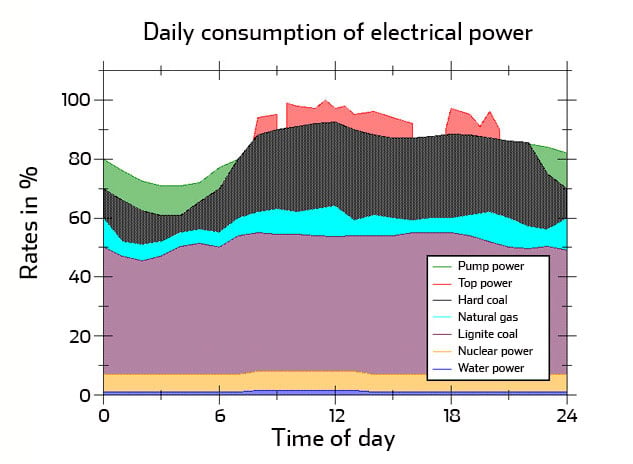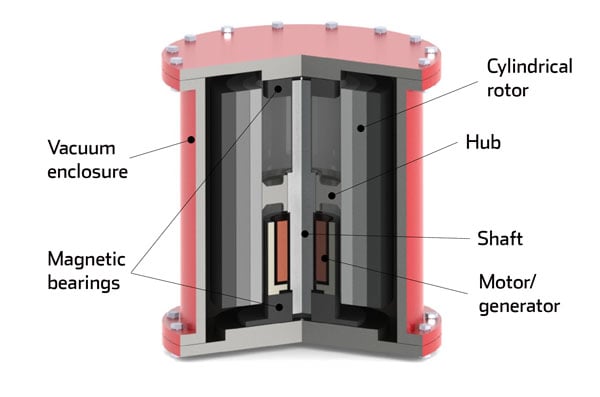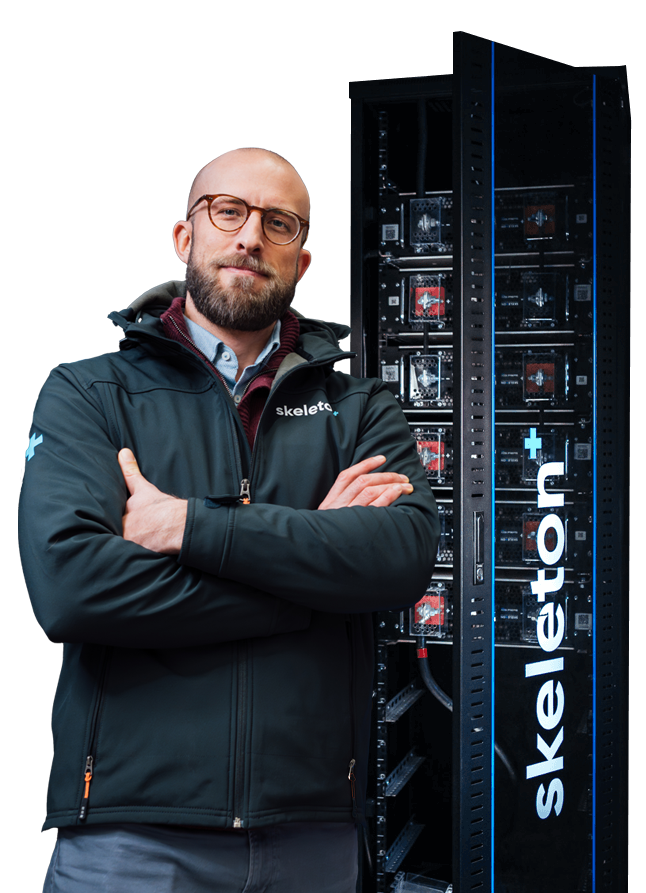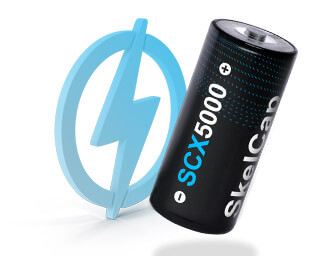
Electrification Gathers Steam - What's the Big Fuss around Smart Power Grids?

Just as the steam-powered industrial revolution forever changed the world more than 200 years ago, electrification of the biggest industries will have just as huge an impact on the world of today and the decades to come.
We talk about renewable energy and how it can lead us to safety from the brink of near certain destruction. We long for electric cars to be cheap enough for the everyday man to buy and we are nearly there. With the Internet of Things (IoT), our mobile phones give us a way to control everything from our fridges to our front doors from the comfort of, well, anywhere you happen to be at.
What’s not talked about is whether our grids are capable of supplying the energy for all of this. Everything works on electricity nowadays, which means that power grids are under increasing strain to cover the demand
Where do we stand right now?
Our energy is increasingly produced by renewable methods, which from an environmental point of view is great, but creates some issues as well. It’s relatively easy to control the production output of a coal or a nuclear plant, but wind and sun don’t really submit to our authority. Low power quality is a real problem especially for industry, where power outages lasting even for some fractions of a second can lead to huge losses.
Even if renewables could provide a constant, stable source of energy, there’s still the question of how to ensure our grid infrastructure is robust enough to deal with the demand. There are essentially two roads we can take:
We can build more electricity generation plants, use more commodities, and overfeed the grid so it’s always capable of handling the highest peaks of consumption and providing high-quality power, or, we can use energy storage installation to support the grid by shaving the peaks of consumption, and by providing current input, frequency, and voltage regulation when needed. The trend is towards energy storage, as it’s significantly cheaper of the two.
However, to make things a bit easier to handle, grid power quality management is applied to two concepts: “after the meter” and “before the meter”.
Before, the power management can be very complex and varied depending on the energy mix used to generate the electricity. After the meter, the field of application is much smaller. Usually, we are talking about one plant or establishment that uses the electricity. Assuming the power supply is of reasonable quality before the meter, the main issues in this context are the supply voltage and frequencies, which can have irregularities, but
However, for total blackout prevention, the delicate transition between main grid and assisted or enhanced supply needs to be carefully managed as the change in load can be very abrupt from the normal state to the enhanced state.

![]() To cater to these very sudden increases in demand, the traditional device of choice has been the battery. However, flywheels are also gaining momentum in the blackout prevention arena. These are high inertia wheels constantly spinning at high revs (8000 RPM or more) and they are kept spinning regularly by being topped up by inputs of current (in excess of 1kW) during normal plant power use (99% of the time) to always be prepared in case of load increase. The time to get the flywheels up to speed is quite long, and the current consumption required to top them up is high. Maintenance is needed every 5 to 10 years to replace the bearings or the vacuum pumps, which can be very costly. The flywheels are also quite unsafe as if for any mechanical reason they become loose, they can cause a lot of damage with the high RPM and inertia coupled together.
To cater to these very sudden increases in demand, the traditional device of choice has been the battery. However, flywheels are also gaining momentum in the blackout prevention arena. These are high inertia wheels constantly spinning at high revs (8000 RPM or more) and they are kept spinning regularly by being topped up by inputs of current (in excess of 1kW) during normal plant power use (99% of the time) to always be prepared in case of load increase. The time to get the flywheels up to speed is quite long, and the current consumption required to top them up is high. Maintenance is needed every 5 to 10 years to replace the bearings or the vacuum pumps, which can be very costly. The flywheels are also quite unsafe as if for any mechanical reason they become loose, they can cause a lot of damage with the high RPM and inertia coupled together.
![]()
 Banks of batteries have also been elected as the solution to prevent blackouts, but because batteries, despite the large amount of energy they can store, cannot deliver high-power jolts without sustaining damage, their number needs to be increased dramatically for them to be able to provide the power required by the sudden load change. In addition, batteries require maintenance, their lifetime is limited by the number of cycles they can sustain (typically around 3000), and they can overrun and catch fire in some instances of overload. The relatively high internal resistance of batteries makes them prone to heat under high load and shortens their lifetime.
Banks of batteries have also been elected as the solution to prevent blackouts, but because batteries, despite the large amount of energy they can store, cannot deliver high-power jolts without sustaining damage, their number needs to be increased dramatically for them to be able to provide the power required by the sudden load change. In addition, batteries require maintenance, their lifetime is limited by the number of cycles they can sustain (typically around 3000), and they can overrun and catch fire in some instances of overload. The relatively high internal resistance of batteries makes them prone to heat under high load and shortens their lifetime.
The alternate solution rapidly gaining momentum is the ultracapacitor bank. With their ability to charge and discharge extremely quickly, ultracapacitors can supply almost all their power instantly and literally fry metal between their terminals. This proves they can easily cope with load peaks triggered by plant activity.
The main advantage the ultracapacitor has is that it is a “fit and forget” solution. Provided the environment is between -20°C and +65°C, the lifetime or MTBR (Mean Time Between Repairs) is about 10 years. Absolutely zero heavy maintenance is required during that time. During their lifetime, ultracapacitors can entertain above 1 million cycles and their internal resistance is very low, ensuring they won’t overheat easily. Also, because of their high power density, the number of ultracapacitors required to prevent blackouts compared to batteries is significantly smaller.
The only maintenance required will be filter replacements for the air inlet vents of the racks and ensuring through regular checks that all the sensors (temperature / airflow / power output) are working correctly.
However, coupling ultracapacitors for blackout prevention and batteries to provide long-term extra power to cover longer periods of sustained demand
A dedicated ultracapacitor module or rack of modules integrated into a power delivery system can prevent machinery or equipment from malfunctioning or cut out altogether by taking care of voltage dip, swell, flicker, magnitude irregularities, and interruptions.
Adding ultracapacitors to the grid infrastructure adds safety and peace of mind. The reductions in blackouts, power cuts and other grid-related inconveniences will relieve electrical power suppliers and consumers from operational unpredictability in the near and long-term.





